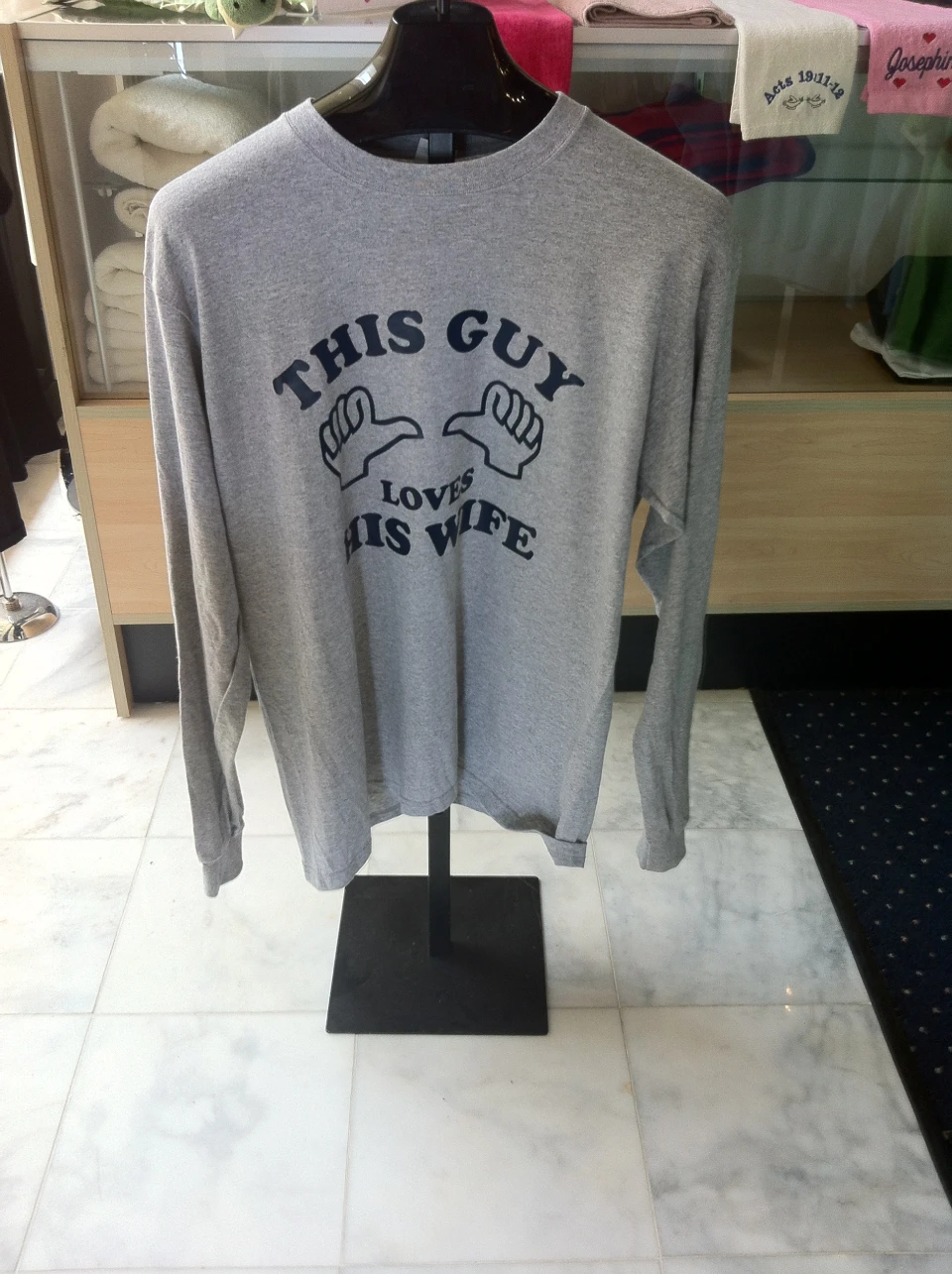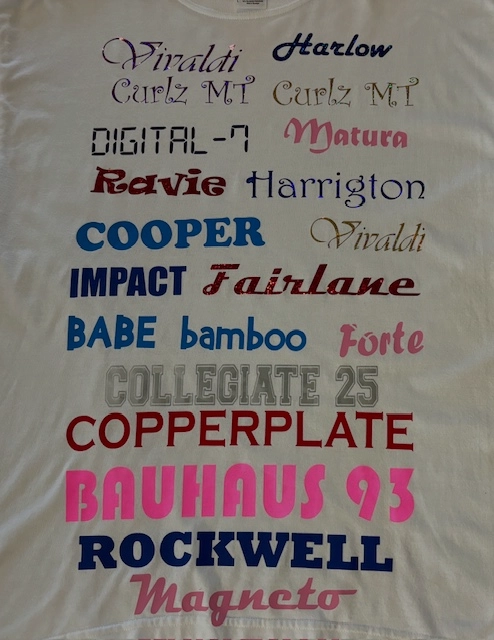Customized Embroidery for All Your Needs - From School Uniforms to Sports Teams
Customized Embroidery for All Your Needs - From School Uniforms to Sports Teams
Blog Article
The Art of Custom-made Embroidery: Unlocking the Keys to Creating Special and Unforgettable Designs
The secrets to producing personalized embroidery designs that mesmerize the eye and leave a long-term impression lie in a delicate equilibrium of strategy, creativity, and interest to information. As we delve into the globe of custom-made needlework, we reveal the nuanced interplay between thread choice, sew intricacy, and layout personalization that raises a mere garment to a work of art.
Selecting the Right Needlework Threads
When choosing embroidery strings, what vital variables should you take into consideration to make sure the most effective results for your personalized designs? The option of embroidery thread is crucial in identifying the final result of your embroidered design. One of the key factors to consider is the material of the string. Different products such as cotton, polyester, rayon, and silk provide differing levels of sheen, resilience, and appearance. It is necessary to choose a string material that enhances the material you are stitching on and aligns with the wanted appearance of the style.
Thicker strings can include measurement and structure to your design, while finer strings are ideal for complex details and little text. Additionally, considering the shade fastness and washability of the string is essential to make sure that your custom layouts keep their quality and vibrancy over time.
Discovering Different Stitch Strategies
To dive right into the world of 'Checking out Different Stitch Strategies', one have to comprehend the ins and outs and nuances that each stitching approach gives the art of embroidery. Various stitch strategies not only include aesthetic interest yet additionally contribute to the overall appearance and dimension of the design. One preferred stitch method is the satin stitch, which involves closely jam-packed parallel stitches to create a smooth and glossy surface, perfect for filling up in shapes and developing vibrant outlines.
On the other hand, the backstitch is a flexible method usually utilized for describing and including fine details. It involves sewing backwards to create a strong line of needlework. Additionally, the French knot stitch adds a responsive aspect to layouts, ideal for developing textured accents like flower facilities or decorative touches.
Checking out various stitch methods enables embroiderers to play with light, darkness, and deepness within their designs, raising the aesthetic allure and creative top quality of their embroidery jobs. By understanding various stitching techniques, one can open unlimited opportunities for developing distinct and remarkable custom embroidery items.
Incorporating Personalized Layout Elements
Having actually discovered the details of article source various stitch strategies such as the satin stitch, backstitch, and French knot, the focus now shifts in the direction of including personalized design elements in customized needlework jobs. Customized design components play an essential role in making needlework jobs truly one-of-a-kind and remarkable.
One more way to include individualized design components is by including symbols or concepts that hold special definition to the recipient or mirror their rate of interests and personality. For instance, integrating a favorite blossom, animal, or hobby-related icon can make the embroidery layout much more meaningful and individualized. Furthermore, choosing colors that resonate with the recipient or line up with the intended style can better enhance the customization of the needlework project.
Grasping the Art of Shade Coordination

One trick facet of shade sychronisation is recognizing shade theory. This includes knowing how various shades engage with each other, the emotions they share, and exactly how they can be incorporated to create visually enticing designs. By applying color concept concepts, embroiderers can develop harmonious color combinations that improve the total appearance of the design.
Furthermore, paying focus to comparison is important in shade control. Utilizing contrasting colors can assist specific components of the layout pop, boost legibility, and create a visually dynamic embroidery piece. By mastering the art of shade sychronisation, embroiderers can elevate their styles and great post to read produce memorable pieces that reverberate with customers and viewers alike.
Enhancing Texture With Advanced Embroidery Stitches

French knots, for instance, are excellent for including little, increased dots to your design, imitating the look of grains or developing a distinctive surface. Bullion knots, on the other hand, can be used to create twisted, ropelike elements that include an elegant feeling to the needlework. Seed stitching involves little, scattered stitches that can load in areas with a speckled texture, while turkey job creates cosy, dimensional accents evocative pet fur or vegetation. Exploring with these sophisticated embroidery stitches enables you to push the borders of typical embroidery and create absolutely one-of-a-kind and visually appealing site link appearances in your styles.
Verdict
In conclusion, the art of personalized embroidery entails a combination of picking the best strings, exploring different stitch strategies, incorporating tailored design aspects, grasping shade control, and boosting appearance with sophisticated stitches. By recognizing and implementing these crucial components, embroiderers can create distinct and unforgettable layouts that display their creativity and skill. Embroidery lovers can open the secrets to creating attractive and bespoke pieces that stand apart and leave an enduring impact.
Report this page